The court of appeal has reversed last year’s high court judgment permitting patent protection of an artificial neural network (ANN). This latest decision will disincentivise AI investment and innovation in the UK, patent lawyers warn, while the technical definitions used during the case could have catastrophic ramifications for the science and technology sector.
UK law outlines several exclusions to patentability including mathematical methods, artistic works and computer programs. In a landmark case in the high court last November, patent attorney Bruce Dearling from Hepworth Browne successfully argued that an ANN is distinct from a computer program and therefore an invention eligible for patent protection. This result was widely applauded as a crucial first step to support future AI innovation in the UK and in the eight months since November’s judgment, over 100 AI-related patents were filed with the UK Patent Office, including many for scientific applications.
This decision was immediately appealed, however. On 19 July, after a 10-week hearing, the judges declared the original ruling invalid, reverting back to the classification of ANNs as unpatentable computer programs and restricting the commercial opportunities that had recently opened for developers of AI tools such as ChemCrow and DU8ML.
‘Fundamentally, [the judges] didn’t understand the technology,’ says Dearling. ‘[The court defined] a computer as a machine which processes data and a computer program as a set of instructions for a computer to do something. The concern is that this definition is too broad.’ This classification not only fails to address the technical innovative aspects of ANNs but also raises worrying concerns for existing technologies, adds Dearling.
These loose definitions technically now apply to many other devices and systems previously considered patentable. At a fundamental level, basic circuit components such as resistors and capacitors change (process) an electrical signal (data) into a different form, making them computer programs according to the court’s definition and are therefore excluded from protection. Such a universal exclusion would have huge ramifications across the scientific sector as technologies, including those underlying analytical methods like NMR and mass spectrometry, would no longer be eligible for patent protection, making it even harder for researchers to commercialise their innovations.
‘This could have a catastrophic effect on industry,’ says Dearling. ‘It’s stopped the UK from being an attractive location for AI innovation, as well as other technology areas: computing, electronics, chemistry. Worst case scenario, it could wipe out certain fields in the UK and it will certainly discourage people from using the UK Patent Office to acquire rights.’
Keith Pickford, chief executive of the Institute of Patentees and Inventors – an organisation providing guidance to inventors seeking to protect their ideas – agrees this judgment has damaged the UK’s position as a world innovation centre. ‘Patenting is a step along the commercialisation process and innovative ideas have to be protected,’ he says. ‘The court has made a big mistake. If you put up barriers against inventors protecting their work, they will just patent and commercialise their ideas abroad.’
Dearling’s team are currently seeking an appeal against this judgment at the supreme court but he warns there are no guarantees that it will even hear the case. ‘It’s political too. A decision of this nature from the supreme court has ramifications for the whole of Europe,’ Dearling explains. ‘But this is a majorly significant area of law for the patent field which has an impact not only on AI technology but on the wider community so we need certainty.’


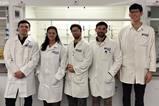


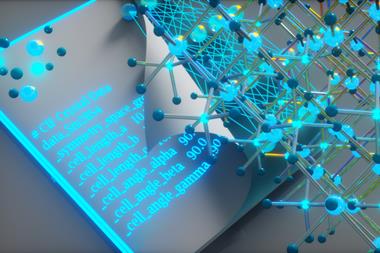
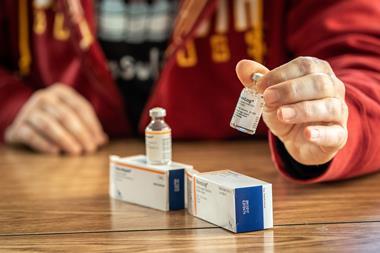
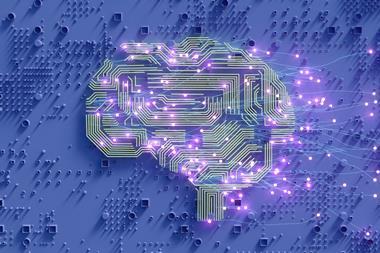
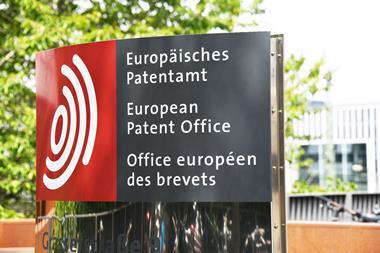
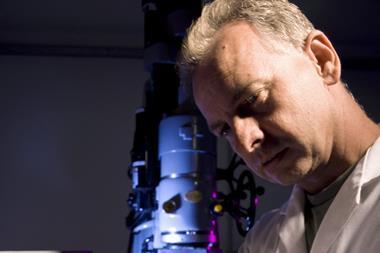







No comments yet